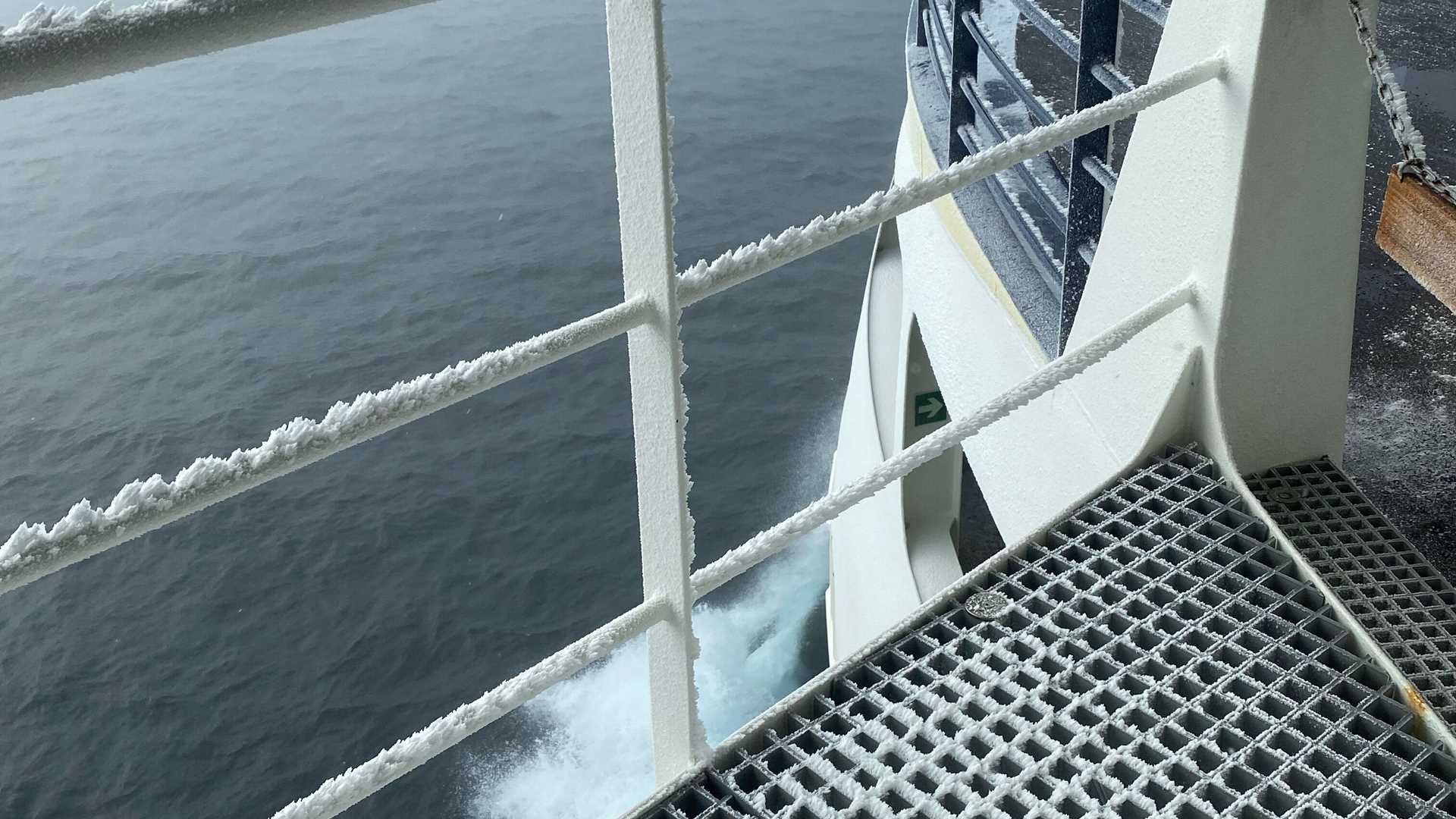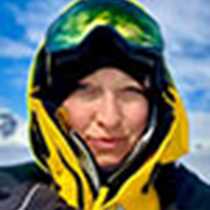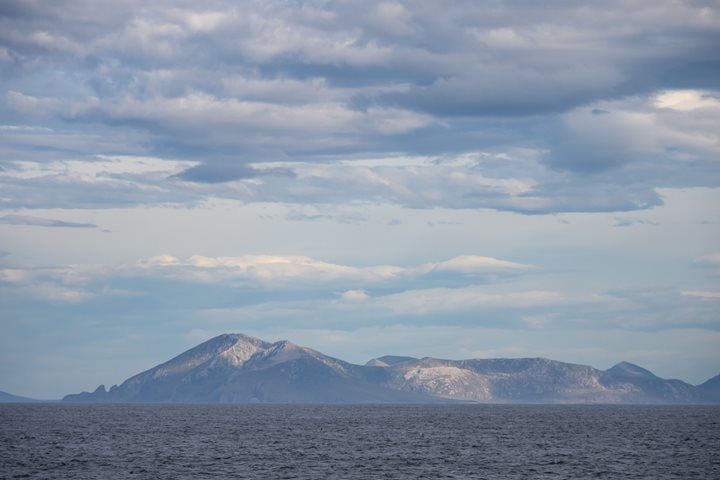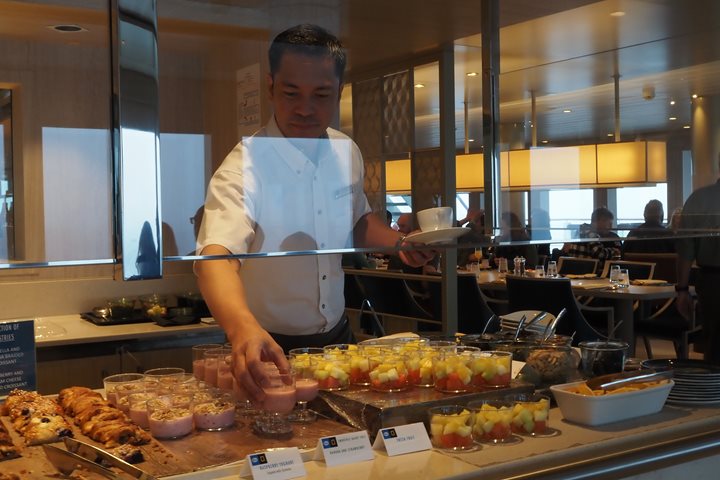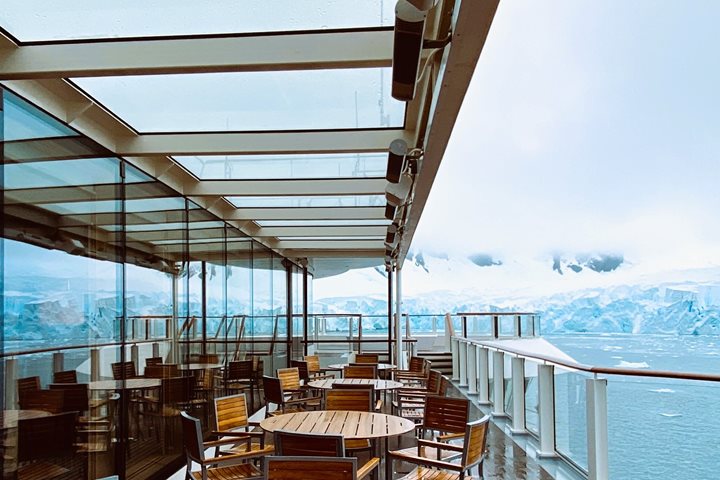After a few days of activities in the Ross Sea, we started today with a late breakfast. Foggy weather made it challenging to search for wildlife on the bridge. A few snow petrels flew close to our vessel. Naturalist Conor Ryan gave a presentation about the history of whaling in the Ross Sea and West Antarctica. Then Gabriela Roldan shared her knowledge about Scott’s expeditions in Antarctica.
After lunch, Rob Edwards told us about the geology of Antarctica. Everyone was excited to attend evening recap to learn information about tomorrow’s plans. The chef invited guests to join her for another delicious adventure during dinner. After dinner, we went for a late evening Zodiac cruise along the Ross Ice Shelf in the Bay of Whales. We saw a leopard seal and an emperor penguin.

